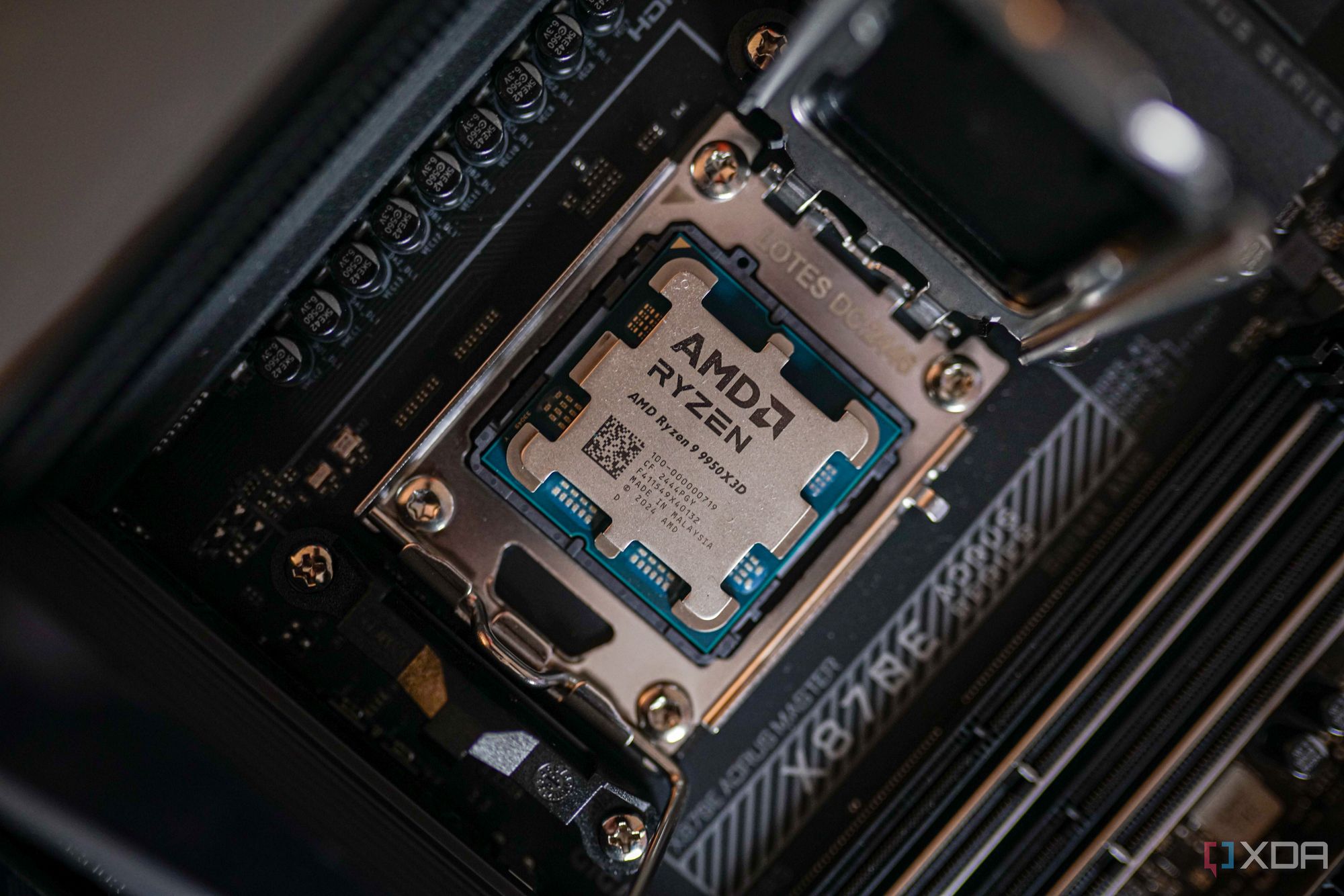URGENT UPDATE: New insights reveal that your CPU’s performance may be severely limited by your motherboard’s BIOS settings. This critical issue has immediate implications for gamers and content creators relying on CPUs like the Ryzen 9 5900X paired with high-end GPUs such as the RTX 3090. If you’re not monitoring your system’s performance, you could be missing out on significant capabilities.
Recent findings indicate that many users are unaware their CPUs aren’t reaching advertised boost clocks due to conservative BIOS power limits. The BIOS controls the amount of power your CPU can draw, which directly affects its ability to sustain optimal speeds. Even with premium cooling solutions, your CPU may underperform if these settings are not adjusted.
What to Watch For:
1. **Boost Clock Issues:** If your CPU isn’t hitting its advertised boost speeds, first examine the temperature. If it’s well below 85°C while using monitoring tools like MSI Afterburner, the BIOS could be the problem. Many mid-range motherboards prioritize stability over performance, which can restrict power limits. Adjusting these settings can unleash your CPU’s full potential.
2. **Benchmark Underperformance:** Benchmark scores are crucial for spotting discrepancies in performance. Users report significant differences in scores compared to online benchmarks. For instance, upon reviewing gaming benchmarks after purchasing the Ryzen 9 5900X, many found their performance lagging despite adequate cooling. Upon investigation, they discovered that BIOS settings were capping power draw. Adjusting these limits can align real-world performance with expectations.
3. **Erratic Voltage Behavior:** If you notice your CPU voltage fluctuating wildly while using monitoring software like HWiNFO or CPU-Z, it’s a sign of poor voltage regulation. Inconsistent voltage can lead to instability and prevent the CPU from maintaining boost clocks. Adjusting the load-line calibration (LLC) settings can smooth out these fluctuations and improve overall performance.
Why This Matters NOW: Failing to address these BIOS settings could mean you are not utilizing your CPU to its full capacity, which is especially critical in high-demand scenarios like gaming or video rendering. Users must proactively check their BIOS configurations to ensure optimal performance and avoid unnecessary bottlenecks.
As more users become aware of these issues, it is clear that simply investing in high-performance CPUs and coolers isn’t enough. The motherboard’s BIOS management of power, current, and voltage plays a pivotal role in achieving peak performance.
Next Steps: If you’re experiencing any of these issues, delve into your motherboard’s BIOS settings immediately. Adjusting the power limits and enabling features like PBO can lead to substantial performance improvements. Don’t let your hardware underperform due to conservative settings—take action now to optimize your system.
Stay tuned for further updates as more users share their experiences and solutions regarding CPU performance limitations. This is a developing story that could impact countless gamers and professionals across the globe.







